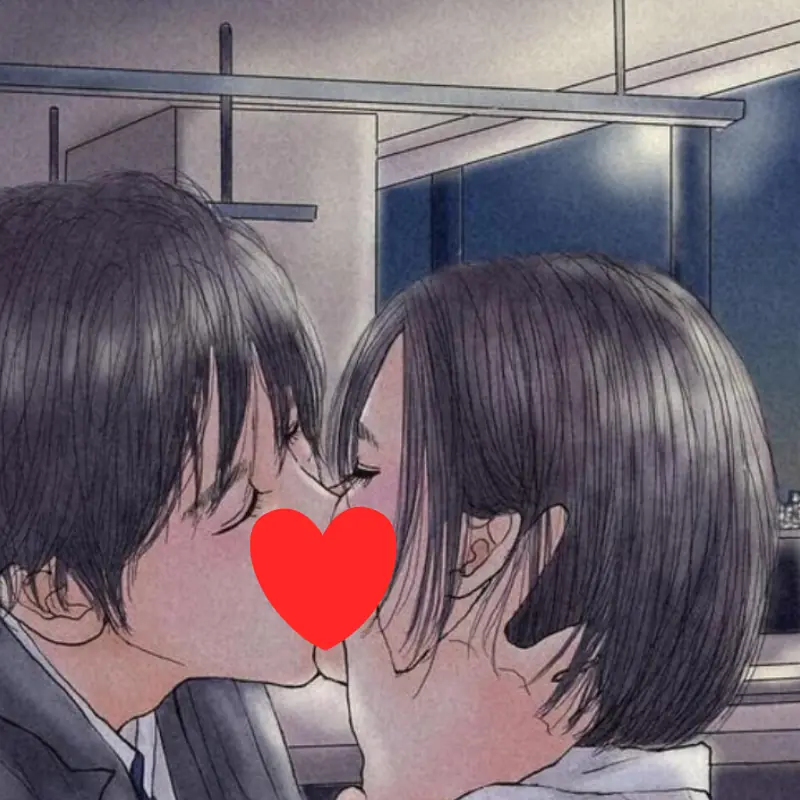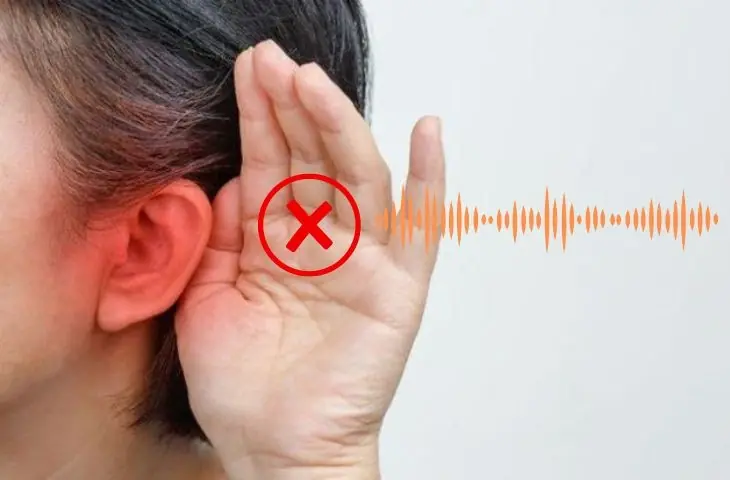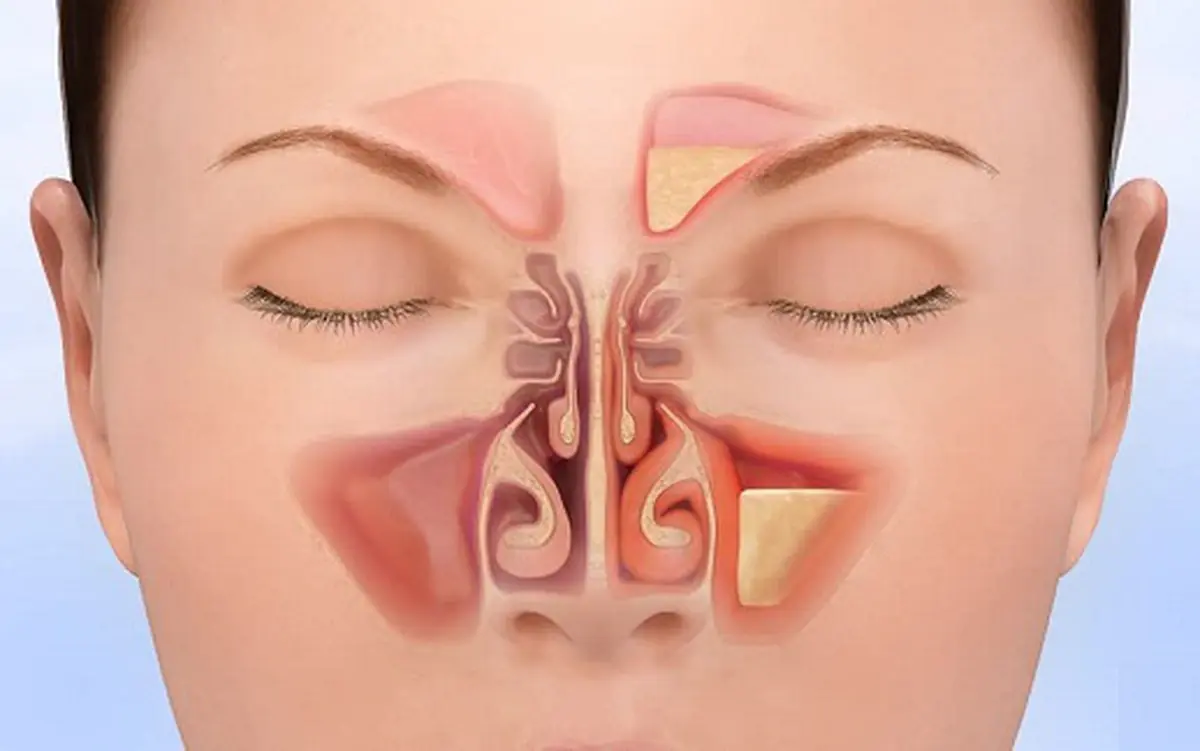
If You Have Poor Circulation, Cold Feet or Varicose Veins, Start Doing these 6 Things
Simple daily habits can help prevent varicose veins from getting worse.

Simple daily habits can help prevent varicose veins from getting worse.

Left-side body pain can signal anything from minor issues to serious conditions.

How emotional connection keeps love strong and lasting over time

In an age defined by hyper-connectivity, the irony is stark: despite our endless likes, shares, and connections, a silent crisis of social isolation and relational fragility is brewing beneath the surface.

Sleeping With Garlic by Your Bed? There’s a Hidden Reason


Why Sleeping With One Foot Outside the Blanket Actually Works

What really happens to your body when inti.macy is absent?

Hearing your heartbeat at night? Doctors say it could be a warning sign

Waking Up With Bruises on Your Legs Could Be a Serious Warning Sign

Bladder Cancer: 5 Subtle Early Symptoms to Watch Out For

Why Your Throat Feels Sticky: The Real Causes of Mucus

A study suggests a potential link to autism development

Fa.tty liver explained: Causes, symptoms and effective treatment options

Doctors Issue Warning: These 4 Morning Symptoms May Signal Lung Cancer Is Advancing

Why You Often Need to Poop Right After Eating — Explained by Doctors

Doctors identify the blo.od type linked to the lowest can.cer risk

An overlooked vegetable packed with nutrients and remarkably high in calcium

This natural drink may help ease mucus, cough and sinus discomfort

How to get rid of phlegm and mucus in your chest and throat